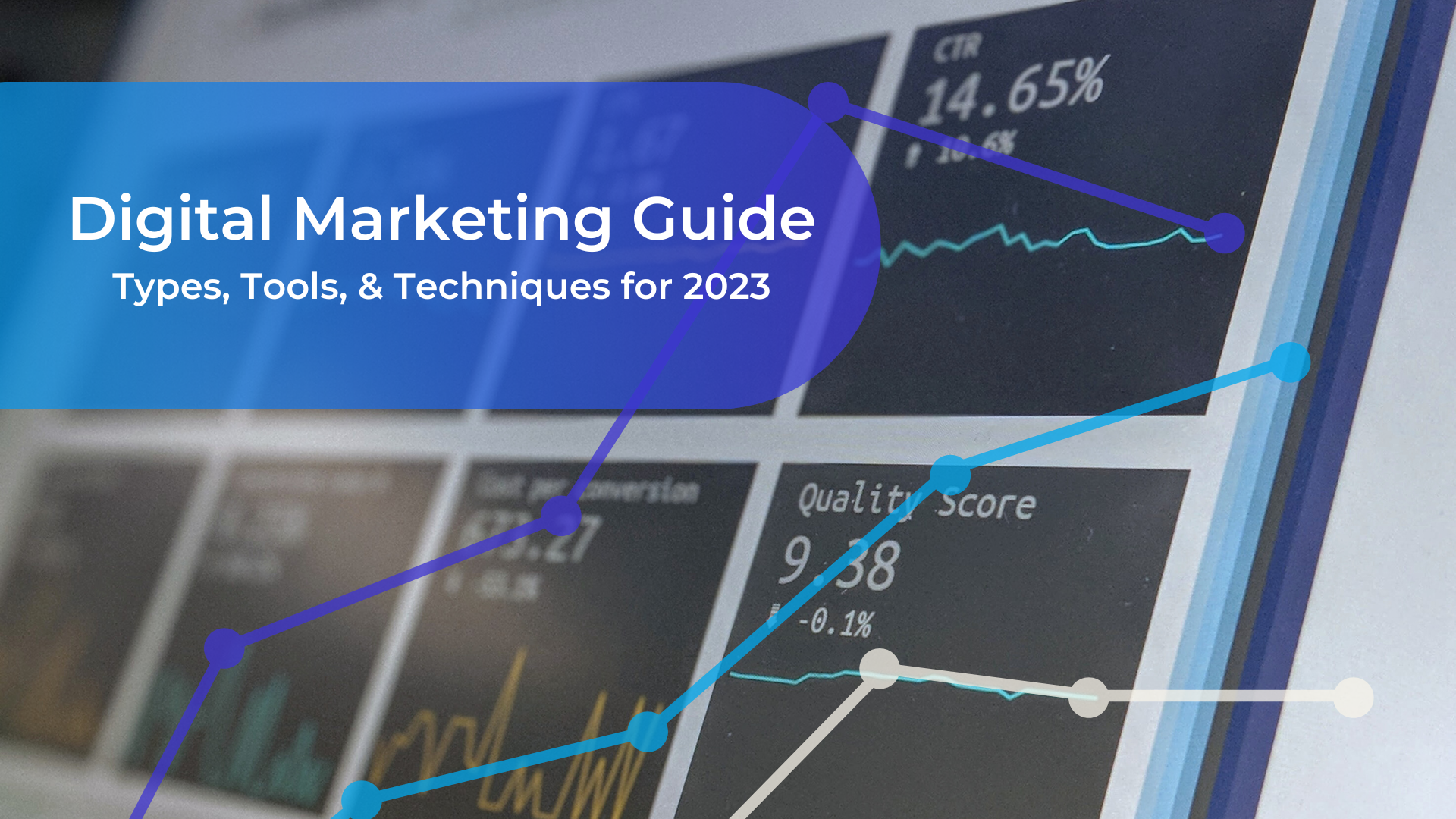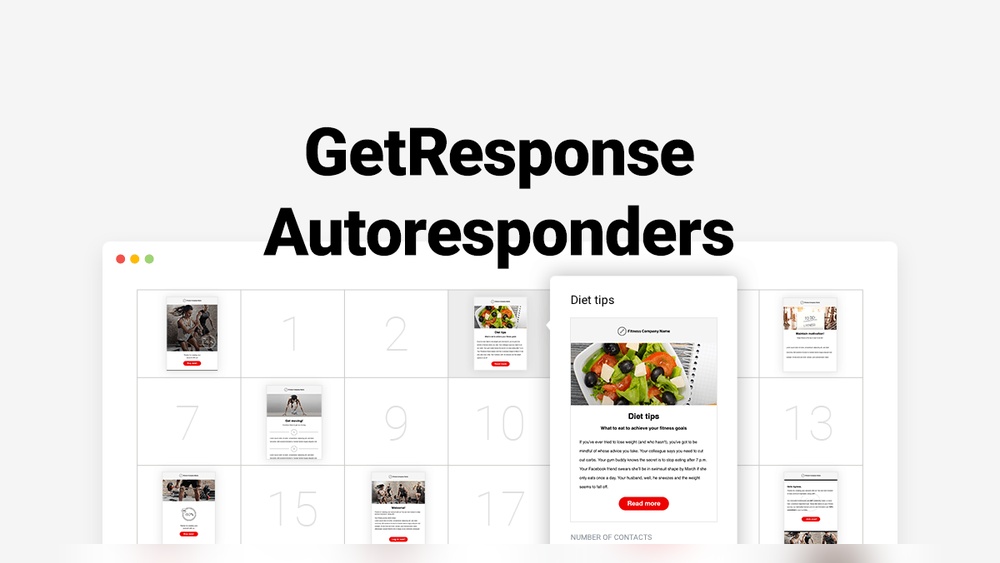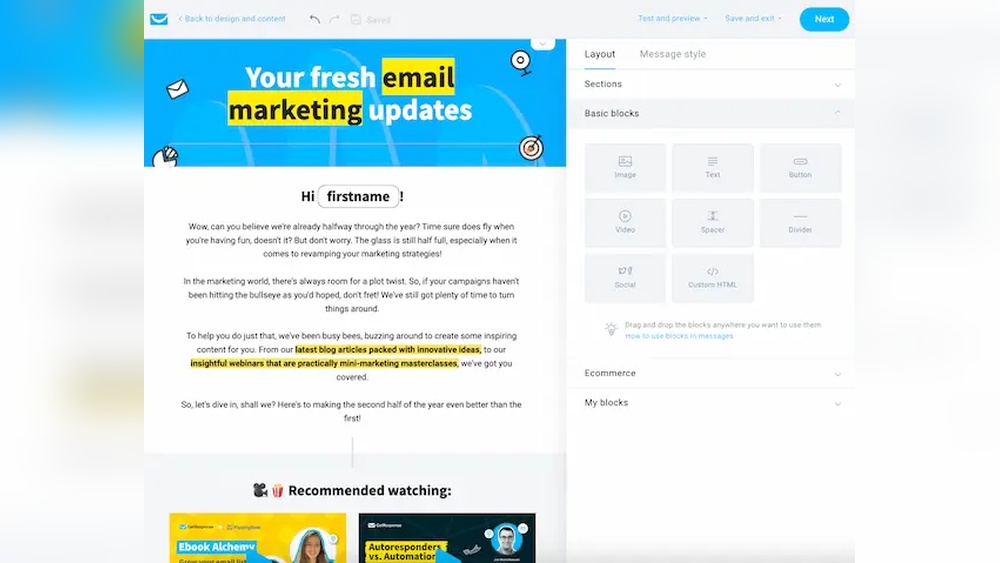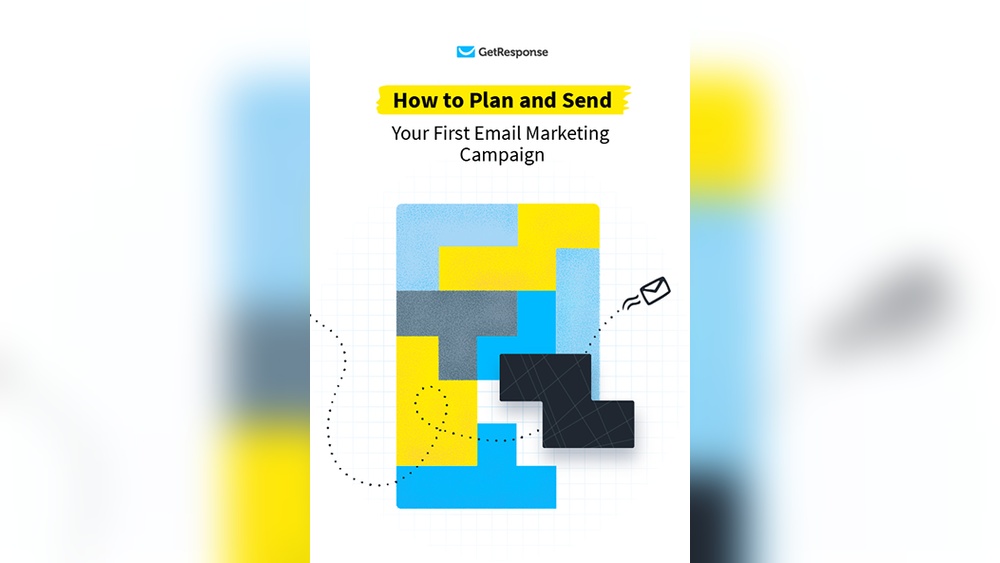Are you ready to boost your digital marketing game and achieve real results? Understanding what makes digital marketing truly effective is the key to standing out in a crowded online world.
This Digital Marketing Quality Guide is designed just for you—to help you focus on the essential elements that drive success, from creating compelling content to launching campaigns that convert visitors into loyal customers. By following this guide, you’ll learn how to sharpen your strategies, avoid common pitfalls, and make smarter decisions that bring measurable growth.
Keep reading, and discover how to turn your digital efforts into powerful tools that work hard for your business.

Credit: www.wpfastestcache.com
Five Cs Of Digital Marketing
The Five Cs of Digital Marketing form a strong foundation for any online marketing strategy. These five elements help businesses focus on what matters most. They ensure marketing efforts reach the right audience and deliver real results.
Each “C” plays a unique role. Together, they build a complete digital marketing approach. Understanding these can improve your marketing quality and efficiency.
Content Strategies
Content is the heart of digital marketing. It attracts and informs your audience. Good content answers questions and solves problems. It must be clear, relevant, and easy to read. Use simple language and strong headlines. Regular updates keep content fresh and engaging.
Creative Elements
Creativity makes your marketing stand out. Visuals, videos, and graphics catch attention quickly. Choose colors and designs that match your brand. Creativity should support your message, not distract from it. Test different ideas to see what works best.
Campaign Planning
Planning campaigns carefully saves time and money. Set clear goals and target specific groups. Use data to decide where and when to advertise. Track progress regularly to adjust plans if needed. Good planning keeps campaigns focused and effective.
Conversion Techniques
Conversions turn visitors into customers. Use simple calls-to-action that guide users clearly. Make the buying process easy and fast. Offer incentives like discounts or free trials. Test different methods to find what converts best.
Customer Engagement
Engaging customers builds trust and loyalty. Respond quickly to comments and messages. Use social media to start conversations. Provide valuable information that keeps customers interested. Happy customers often become repeat buyers.
Integrating Generative Ai
Integrating generative AI into digital marketing brings new ways to improve and speed up tasks. It helps marketers create better content, understand customers more deeply, and run campaigns more effectively. Using AI smartly can save time and increase marketing quality across many areas.
Streamlining Marketing Processes
Generative AI automates routine tasks like scheduling posts and managing emails. It reduces human error and frees up time for creative work. AI tools help teams work faster and focus on strategy instead of repetitive jobs. This leads to smoother workflows and less stress for marketers.
Ai For Content Creation
AI can generate blog posts, social media updates, and ad copy quickly. It produces ideas and drafts that marketers can edit and improve. This speeds up content production while keeping quality high. AI also suggests keywords and topics that attract more readers and improve SEO.
Enhancing Campaign Performance
Generative AI analyzes data to find the best ways to target audiences. It tests different messages and formats automatically to see what works. AI helps adjust campaigns in real time for better results. This leads to higher engagement and more conversions from marketing efforts.
Improving Customer Insights
AI examines customer behavior and feedback to reveal patterns and preferences. It provides clear reports on what customers want and expect. Marketers use these insights to create personalized experiences. Understanding customers better helps build stronger relationships and loyalty.
Quality Assurance In Marketing
Setting quality KPIs is essential to track digital marketing success. Clear, measurable goals guide your team and improve results. Quality KPIs focus on key areas like website health, content clarity, and audience interaction.
These indicators help maintain high standards and boost overall campaign performance. Below are some crucial KPIs to consider for digital marketing quality.
Reducing Broken Links
Broken links harm user experience and search rankings. Set KPIs to minimize broken links across your site. Regular audits identify and fix broken URLs fast. A low broken link rate keeps visitors engaged and builds trust.
Improving Readability
Content readability affects how users understand your message. Use KPIs to raise readability scores using simple words and short sentences. Clear, easy content lowers bounce rates and increases user satisfaction. Track readability to ensure your content fits your audience.
Boosting Organic Rankings
Higher organic rankings bring more free traffic to your site. Set KPIs to improve keyword rankings on search engines. Focus on quality content and proper SEO techniques. Monitor rankings regularly to adjust strategies and maintain growth.
Measuring Engagement Metrics
Engagement metrics show how users interact with your content. Set KPIs for metrics like time on page, click-through rates, and social shares. These numbers reveal content effectiveness and audience interest. Track engagement to refine your marketing efforts continuously.

Credit: pureseo.com
Setting Quality Kpis
Effective digital marketing strategies focus on reaching the right audience with clear, valuable messages. These strategies build trust and encourage engagement. They also help businesses grow online by attracting more visitors and turning them into customers.
Implementing a mix of approaches ensures a strong digital presence. Each method supports the overall goal of connecting with potential clients and increasing sales. The following sections explain key strategies that work well for many businesses.
Content Marketing
Content marketing uses useful information to attract and keep an audience. Blogs, videos, and guides educate readers and solve their problems. Quality content improves search engine rankings and brings steady traffic. Consistent posting builds authority and trust with your target market.
Social Media Marketing
Social media marketing creates connections on platforms like Facebook, Instagram, and LinkedIn. Sharing updates, offers, and stories helps businesses stay visible. Engaging posts invite comments and shares, increasing brand awareness. Regular interaction builds a loyal community around your brand.
Paid Advertising
Paid advertising delivers targeted messages to specific groups quickly. Platforms such as Google Ads and Facebook Ads allow precise control over budget and audience. Ads can boost website visits, sales, and leads in a short time. Testing and adjusting ads improves results and lowers costs.
Email Marketing
Email marketing sends personalized messages directly to subscribers’ inboxes. Newsletters, promotions, and updates keep customers informed and interested. Well-crafted emails encourage repeat visits and purchases. Segmenting lists ensures relevant content reaches the right people.
Content Quality Standards
Creating high-quality content is essential in digital marketing. It builds trust and engages your audience. Good content helps your brand stand out. It also improves your search engine rankings. Following best practices ensures your content is clear, useful, and relevant.
Writing Tips
Use simple words and short sentences. Avoid jargon and complex terms. Write in an active voice to keep the reader interested. Start with a strong headline to grab attention. Break text into small paragraphs for easy reading. Check grammar and spelling carefully. Always provide accurate and helpful information.
Seo Integration
Include relevant keywords naturally in your text. Use keywords in titles and headings. Optimize meta descriptions to attract clicks. Add alt text to images for better search visibility. Link to trustworthy sources to build credibility. Keep URLs short and descriptive. Make sure your content loads fast and is mobile-friendly.
Audience Targeting
Know who your readers are and what they need. Tailor your content to their interests and problems. Use language that your audience understands. Address their questions clearly and directly. Create content that offers real value and solutions. Focus on user intent to increase engagement. Monitor feedback to improve your content.
Consistency And Frequency
Publish content regularly to keep your audience engaged. Create a schedule and stick to it. Consistent posting builds trust and loyalty. Use a uniform style and tone across all content. Update older posts to keep them relevant. Track your content performance to find the best times to post. Quality matters more than quantity in posting.

Credit: www.teamcolab.com
Effective Digital Marketing Strategies
Analytics plays a key role in digital marketing quality. It helps marketers understand what works and what does not. Using data, teams can make better choices that improve campaigns. Analytics brings clarity to user actions and campaign results. This section explores how to leverage analytics effectively.
Tracking Campaign Success
Measuring campaign success is essential. Set clear goals before launching any campaign. Use metrics like click-through rates, conversions, and impressions. Track these numbers regularly to see progress. Analytics tools provide real-time data for quick analysis. This helps spot winning campaigns and those needing improvement.
User Behavior Insights
Understanding user behavior is crucial. Analytics reveals how visitors interact with your site. See which pages they visit and how long they stay. Identify where users drop off or lose interest. This data guides content and design changes. Improving user experience boosts engagement and conversions.
Adjusting Strategies
Data-driven adjustments improve marketing strategies. Use analytics to spot trends and patterns. Change tactics based on what the data shows. For example, shift budget to higher-performing ads. Test new approaches and compare results. Staying flexible ensures campaigns remain effective over time.
Reporting Tools
Reporting tools simplify data review and sharing. They create clear, visual reports for teams and clients. Choose tools that integrate with your marketing platforms. Reports should focus on key performance indicators. Regular reporting keeps everyone informed and aligned. This supports continuous growth and accountability.
Best Practices For High-quality Content
The future of digital marketing holds exciting changes. New technologies and consumer habits shape how brands connect with their audience. Staying updated on these trends helps marketers create effective strategies. The digital world is evolving fast. Understanding future trends can give your marketing an edge.
Ai And Automation
Artificial intelligence (AI) and automation are changing digital marketing. AI helps analyze data quickly and predict customer behavior. Automation saves time by handling repetitive tasks like email campaigns. Marketers can focus on creativity and strategy. AI-driven chatbots improve customer support. These tools make marketing more efficient and personalized.
Personalization
Personalization is key to engaging customers. Tailored content and offers make people feel valued. Marketers use data to deliver relevant messages at the right time. Personalization increases customer loyalty and boosts sales. Simple actions like using a customer’s name can improve experience. The future will see even deeper personalization based on real-time data.
Voice And Visual Search
Voice and visual search are growing fast. People use smart speakers and voice assistants daily. Optimizing for voice search means using natural language and questions. Visual search lets users find products using images. This trend changes how customers discover brands online. Marketers must adapt to new search methods to stay visible.
Emerging Platforms
New digital platforms appear regularly, offering fresh marketing chances. Short-form video apps and niche social networks gain popularity. Brands explore these platforms to reach specific audiences. Early adoption can build strong connections and brand awareness. Understanding where your audience spends time helps pick the right platform.
Frequently Asked Questions
What Are The 5 C’s Of Digital Marketing?
The 5 C’s of digital marketing are Content, Creative, Campaigns, Conversions, and Customer. They guide effective marketing strategies.
What Is The 3 3 3 Rule In Marketing?
The 3 3 3 rule in marketing suggests delivering a message in three sentences, using three key points, within three minutes. It ensures clarity and engagement.
What Are The 7 C’s Of Digital Marketing?
The 7 C’s of digital marketing are Content, Context, Connection, Community, Customization, Communication, and Conversion. These elements help optimize online marketing strategies effectively.
What Is The 40-40-20 Rule In Marketing?
The 40-40-20 rule in marketing means 40% of success depends on the audience, 40% on the offer, and 20% on the creative.
Conclusion
Digital marketing quality depends on clear goals and consistent effort. Focus on creating valuable content and engaging campaigns. Always check your work for accuracy and relevance. Understand your customers and measure your results carefully. These steps help improve your marketing success steadily.
Keep learning and adapting to stay effective online. Quality digital marketing builds trust and grows your brand. Small improvements lead to better results over time. Stay focused, patient, and ready to adjust your strategies. Success comes from dedication and smart marketing choices.







